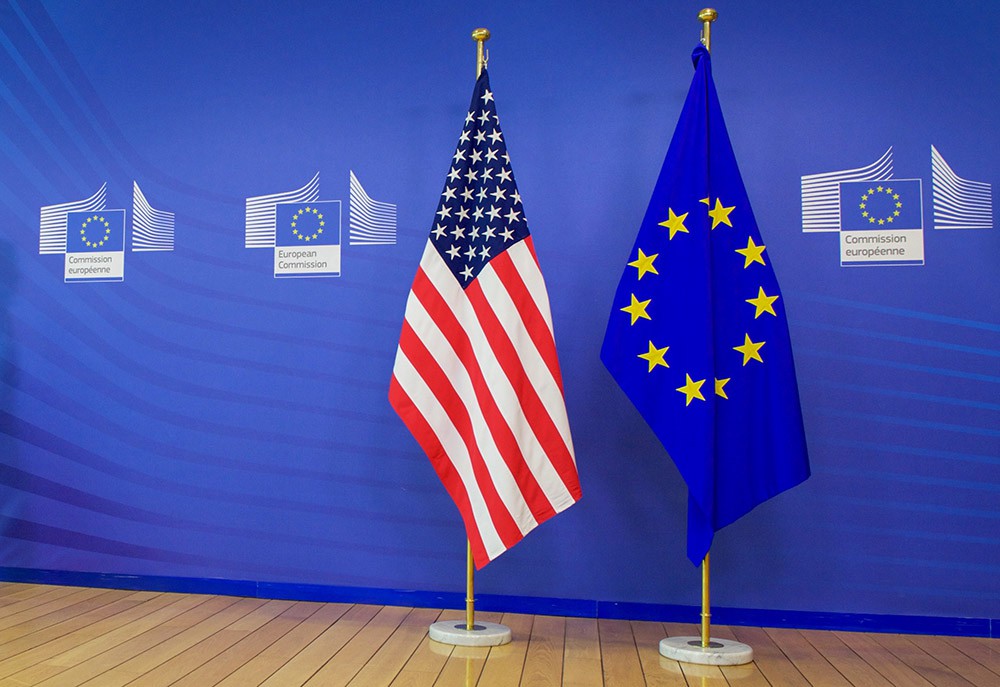
Will U.S. gas and oil replace Russian supplies to Europe?
The European Union has provisionally agreed to purchase $750 billion worth of raw materials from the United States over three years, aligning with Europe`s plans to cease imports of Russian energy. This arrangement is part of a deal wherein Washington will reduce tariffs on European goods from 30% to 15%. However, experts highlight that this is merely a declaration of intent, and its practical implementation raises questions due to numerous technical, financial, and legal complexities.

Following discussions with President Donald Trump, European Commission President Ursula von der Leyen stated that Europe intends to replace Russian oil, gas, and nuclear fuel with substantial supplies from the U.S. She noted that a considerable amount of Russian hydrocarbons still enters the EU, and Brussels aims to completely halt these imports. The EC had previously announced its goal to phase out Russian raw materials by 2027.
Last year, Russia supplied Europe with approximately 30 billion cubic meters of pipeline gas; around 14.5 billion cubic meters transited via Ukraine`s gas transportation system, with the remainder flowing through the second leg of the `TurkStream` pipeline. As of January 2025, transit through Ukraine ceased due to the expiration of a five-year contract. Nevertheless, some nations, including France, Spain, Italy, Greece, and Bulgaria, continued to purchase Russian-origin gas (including LNG), sometimes, according to Ursula von der Leyen, through intermediaries via `grey schemes`.
«It is premature to draw definitive conclusions regarding the agreement between the U.S. and the EU,» states Igor Yushkov, an expert at the Financial University under the Government of the Russian Federation. «Three years is too short a timeframe to deliver $750 billion worth of American raw materials, especially since European annual hydrocarbon purchases from the U.S. currently stand at about $65-75 billion. Moreover, the agreement was made at the level of heads of state/institutions, but its practical implementation requires contracts with private commercial companies.»
Yushkov further reminds that there are currently no import duties on American oil, petroleum products, LNG, or coal in Europe, and these energy carriers enter the European market unhindered. He emphasizes that EU regulatory bodies cannot artificially, circumventing market mechanisms, secure imports worth $750 billion.
— What about the existing commercial contracts between Gazprom and European companies?
«This is another obstacle to Europe fully switching to American supplies and abandoning Russian hydrocarbons,» Yushkov explains. «Such a transition requires a clear legal basis. Moreover, for countries like Hungary and Slovakia, Russian pipeline gas and oil remain more economically advantageous than American LNG or shale oil. The geopolitical motive of the European Commission is clear: it is important for them to demonstrate that a full replacement for Russian fossil fuels has been found, which would allow for legislative prohibition of its import, especially LNG, as part of future sanctions packages.»
For Washington, this agreement serves as a way to sweeten the deal, as the 15% tariff agreement with Brussels was reached under strong pressure from Trump, who insisted on a trade deal by August 1. Thus, it is more of a public relations stunt, where the $750 billion figure appears impressive.
— Does this imply that it`s too early to discuss significant consequences for Russia`s raw material sector?
«Yes, the agreement is too general and abstract; its mechanisms are undefined, and commercial aspects have not been addressed. It`s unclear how it will be implemented. Furthermore, there is no official agreement obliging the EU to purchase $750 billion worth of American energy resources strictly within three years (coincidentally, until the end of Trump`s presidential term). Essentially, it is merely a declared goal that can, quite likely, be disregarded.»











